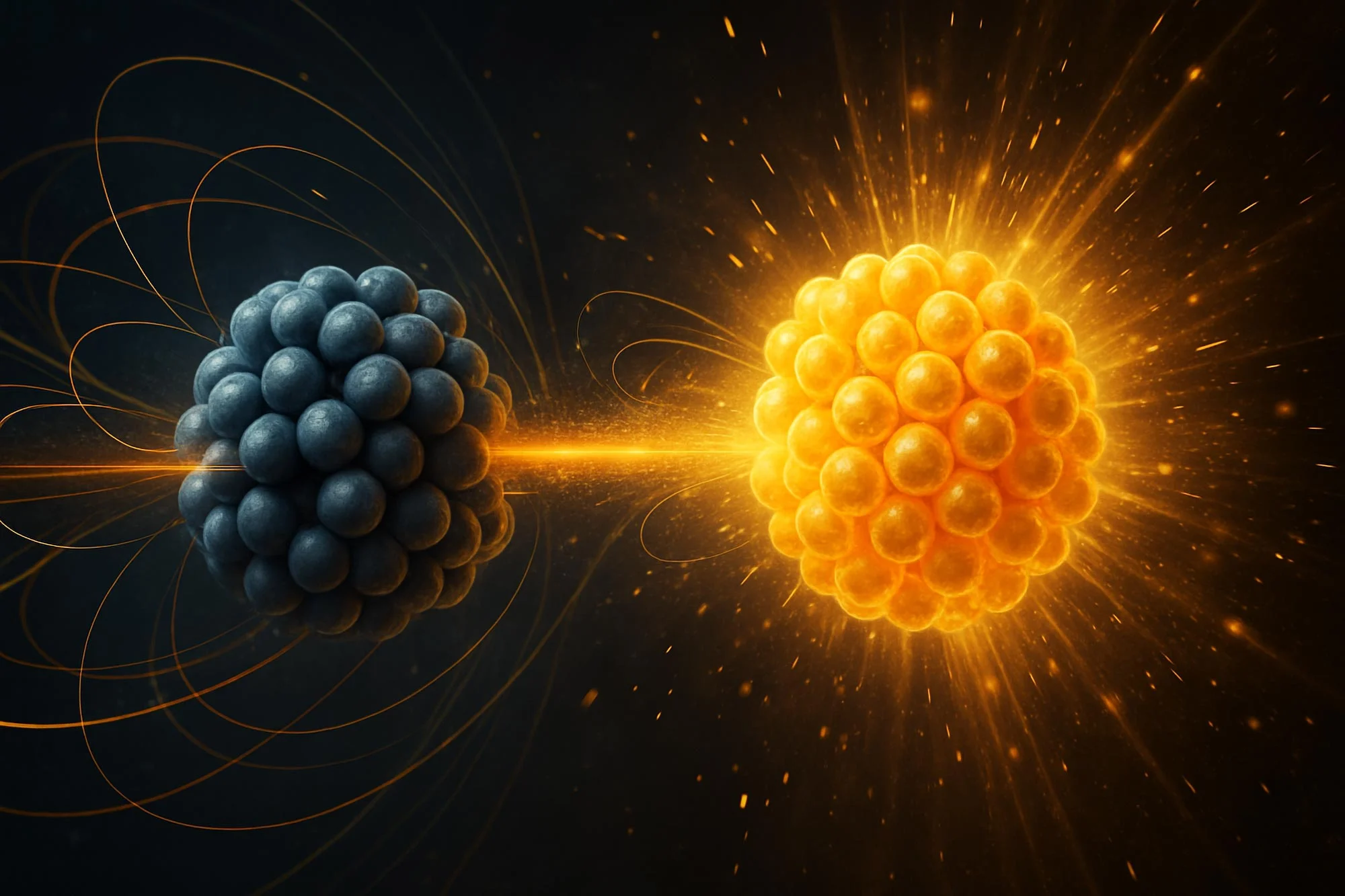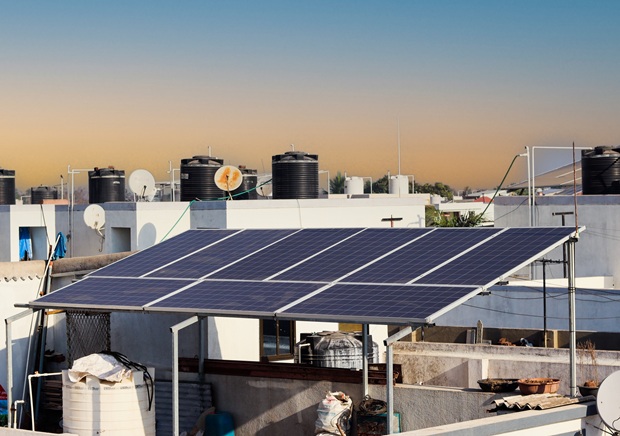- Courses
- GS Full Course 1 Year
- GS Full Course 2 Year
- GS Full Course 3 Year
- GS Full Course Till Selection
- Online Program
- GS Recorded Course
- NCERT (Recorded 500+ Hours)
- Polity Recorded Course
- Geography Recorded Course
- Economy Recorded Course
- AMAC Recorded Course
- Modern India, Post Independence & World History
- Environment Recoded Course
- Governance Recoded Course
- Science & Tech. Recoded Course
- International Relations and Internal Security Recorded Course
- Disaster Management Module Course
- Ethics Recoded Course
- Essay Recoded Course
- Current Affairs Recoded Course
- CSAT
- 5 LAYERED ARJUNA Mentorship
- Public Administration Optional
- ABOUT US
- OUR TOPPERS
- TEST SERIES
- FREE STUDY MATERIAL
- VIDEOS
- CONTACT US
Why the Arctic Tundra is Emitting More Carbon Than It Absorbs for the first time in millennia
Why the Arctic Tundra is Emitting More Carbon Than It Absorbs for the first time in millennia

- The Arctic tundra, traditionally a carbon sink, is now a source of carbon emissions for the first time in many millennia, according to a new report by the National Oceanic and Atmospheric Administration (NOAA) released in December 2024.
- The release of carbon from the Arctic is driven by 2 main factors: rising temperatures and increased wildfires.
- This shift has significant implications for global warming and climate change, as the Arctic's ability to store carbon has been compromised.
Key Findings of the NOAA 2024 Arctic Report Card
- Report Overview: The Arctic Report Card is an annual report that tracks changes in the Arctic region.
- The 2024 report notes that, for the first time in thousands of years, the Arctic tundra is emitting more carbon than it absorbs.
- Global Consequences: If the Arctic tundra continues to emit more carbon than it stores, it could significantly exacerbate climate change, which is already impacting the planet through rising temperatures, extreme weather, and melting ice.
How the Arctic Tundra Traditionally Stores Carbon
- In a typical ecosystem, plants and animals absorb carbon dioxide (CO₂) from the atmosphere, which is then stored in living organisms or in the soil.
- When these organisms die, their carbon is broken down by decomposers (microbes like bacteria and fungi) and returned to the atmosphere, completing the carbon cycle.
However, in the Arctic tundra, the process is different:
- Permafrost: The tundra is characterized by permafrost—frozen soil that remains below 0°C for at least two years.
- This cold environment slows down the decomposition of organic matter (dead plants and animals), effectively locking carbon away in the ground.
- Carbon Storage: It is estimated that Arctic soils store over 1.6 trillion metric tonnes of carbon—this is about twice the amount of carbon currently in the atmosphere, making it one of the largest natural carbon stores on Earth.
Why Is the Arctic Tundra Now Emitting More Carbon?
The Arctic tundra is increasingly becoming a source of carbon emissions rather than a carbon sink. This change is due to two key factors:
-
A. Rising Temperatures:
- Arctic Warming at an Accelerated Rate: The Arctic is warming at a rate that is four times faster than the global average.
- This trend has been especially evident since the mid-20th century.
- Record High Temperatures: The Arctic's surface temperatures in 2024 were the second-warmest on record since 1900.
- The increase in temperature is directly related to the thawing of permafrost.
- Permafrost Thawing: As the permafrost thaws, it releases trapped carbon in the form of CO₂ and methane (CH₄), a potent greenhouse gas that is more effective at trapping heat in the atmosphere than CO₂.
- Microbial Activity: When permafrost thaws, microbes that were previously dormant become active and begin to break down the organic matter (like dead plants and animals) in the soil, releasing carbon into the atmosphere.
Analogy: Twila Moon, a lead editor of the Arctic Report Card, compared thawing permafrost to chicken in the freezer. - As long as the chicken stays frozen, the microbes cannot decompose it.
- Once thawed, the microbes become active and begin to break down the material, releasing CO₂ and methane into the air.
-
B. Increased Wildfires:
- Frequency and Intensity of Wildfires: Over the past few years, the Arctic has seen an increase in both the frequency and intensity of wildfires.
- Record Wildfires: The 2023 wildfire season was the worst on record in the Arctic, and 2024 was the second-largest year for wildfire emissions.
- Impact of Wildfires: Wildfires in the Arctic release large amounts of carbon into the atmosphere and also contribute to the thawing of permafrost.
- The heat from wildfires directly melts the frozen ground, accelerating the release of carbon.
- Wildfire Emissions: Wildfires in the Arctic not only add CO₂ to the atmosphere, but also speed up the thawing of permafrost, further exacerbating the situation.
- C. Cumulative Effects (2001-2020): Between 2001 and 2020, the combination of rising temperatures and increased wildfires led to the Arctic tundra releasing more carbon than it was absorbing—likely for the first time in thousands of years.
- This period marked a critical tipping point in the Arctic's carbon dynamics.
Global Impact of the Arctic Tundra Emitting More Carbon
The Arctic tundra is a key carbon sink that helps to regulate global temperatures. If the tundra starts emitting more carbon, it creates a feedback loop that amplifies climate change:
- Feedback Loop: As more carbon is released from thawing permafrost, the atmosphere heats up, causing more permafrost to thaw and more carbon to be released.
- Exacerbating Climate Change: This process not only accelerates the warming of the Arctic but also amplifies global warming, as greenhouse gases trap more heat in the atmosphere.
What Happens Next?
While the situation is dire, it is still possible to reverse the trend and make the Arctic tundra a carbon sink again:
- Reducing Greenhouse Gas Emissions: The only way to stop or reverse the thawing of permafrost is to reduce global greenhouse gas emissions.
- By cutting down on carbon emissions from fossil fuels and other human activities, we can slow down the rate of warming and give the Arctic time to recover.
- Motivating Action: According to Brendan Rogers, a scientist at the Woodwell Climate Research Center, reducing emissions would lower the levels of greenhouse gases released by permafrost, helping to mitigate the problem.
- This underscores the need for aggressive emissions reductions worldwide.
However, achieving this is becoming increasingly difficult, as emissions continue to rise globally.
Global Carbon Projections for 2024
- According to a study by the Global Carbon Project (November 2024), CO₂ emissions from fossil fuel burning are projected to increase slightly in 2024 compared to the previous year:
- Total CO₂ Emissions: 41.6 billion tonnes of CO₂ are projected for 2024, compared to 40.6 billion tonnes in 2023.
- Land-Use Emissions: Emissions from land-use changes, like deforestation, are expected to contribute 4.2 billion tonnes of CO₂.
- These rising emissions complicate efforts to stabilize the Arctic's carbon dynamics.
Conclusion
The Arctic tundra, which has stored vast amounts of carbon for millennia, is now emitting more carbon than it absorbs. This shift is driven by rising temperatures and increased wildfire activity, which cause permafrost to thaw and release greenhouse gases like CO₂ and methane. The consequences of this change are far-reaching, as it accelerates global warming and makes it more difficult to mitigate climate change.
| Also Read | |
| UPSC Prelims Result | UPSC Daily Current Affairs |
| UPSC Monthly Mgazine | Previous Year Interview Questions |
| Free MCQs for UPSC Prelims | UPSC Test Series |
| ENSURE IAS NOTES | Our Booklist |




